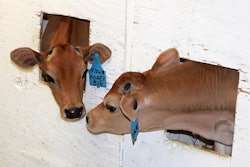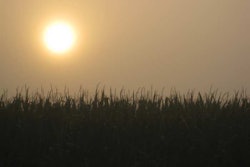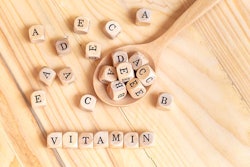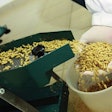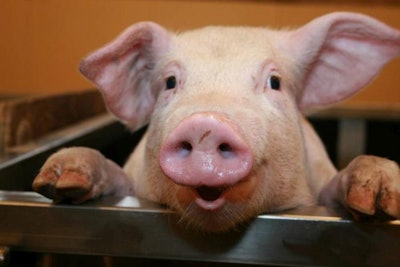
When vitamin companies talk about new developments, I always listen, but I remain hesitant until I see things with my own eyes. But, when the Danish Pig Research Centre (SEGES) publishes a report, I am all ears. After all, these people work for the pig producers who own the center.
SEGES studied calcidiol, the vitamin D derivative 25-OH-D3 we were discussing a couple of weeks ago. I will not dwell any further but to say that I have been following SEGES since the days I was an undergraduate student, and more times than not, its conclusions were right.
Here’s what SEGES said after feeding a recommended level of 47.5 micrograms/kilogram calcidiol against a current level of 1145 IU/kilogram vitamin D as found in typical sow Danish diets (NRC 2012 requirement is 800 IU/kilogram vitamin D). My own comments follow each of the study's conclusions.
- Calcidiol blood concentration was significantly doubled during lactation — as expected
- Piglet birth litter weight was higher (P=0.003) when litters were standardized to 14 piglets after birth — interesting, especially for hyper-prolific sows
- Piglet litter weight was 3.6 kilograms (P=0.022) higher at weaning — perhaps because piglets were heavier at birth, but either way, this is a figure that can be monetized
- The greatest effects were observed among young sows (1-2 parity) — an interesting point worth investigating further
- The number of pigs weaned increased significantly by 0.3 piglets per litter — I will let this be verified
What do I take away from this study? I believe nutritionists feeding modern genetics may have one more tool to consider. Have a look at the report and draw your own conclusions.

